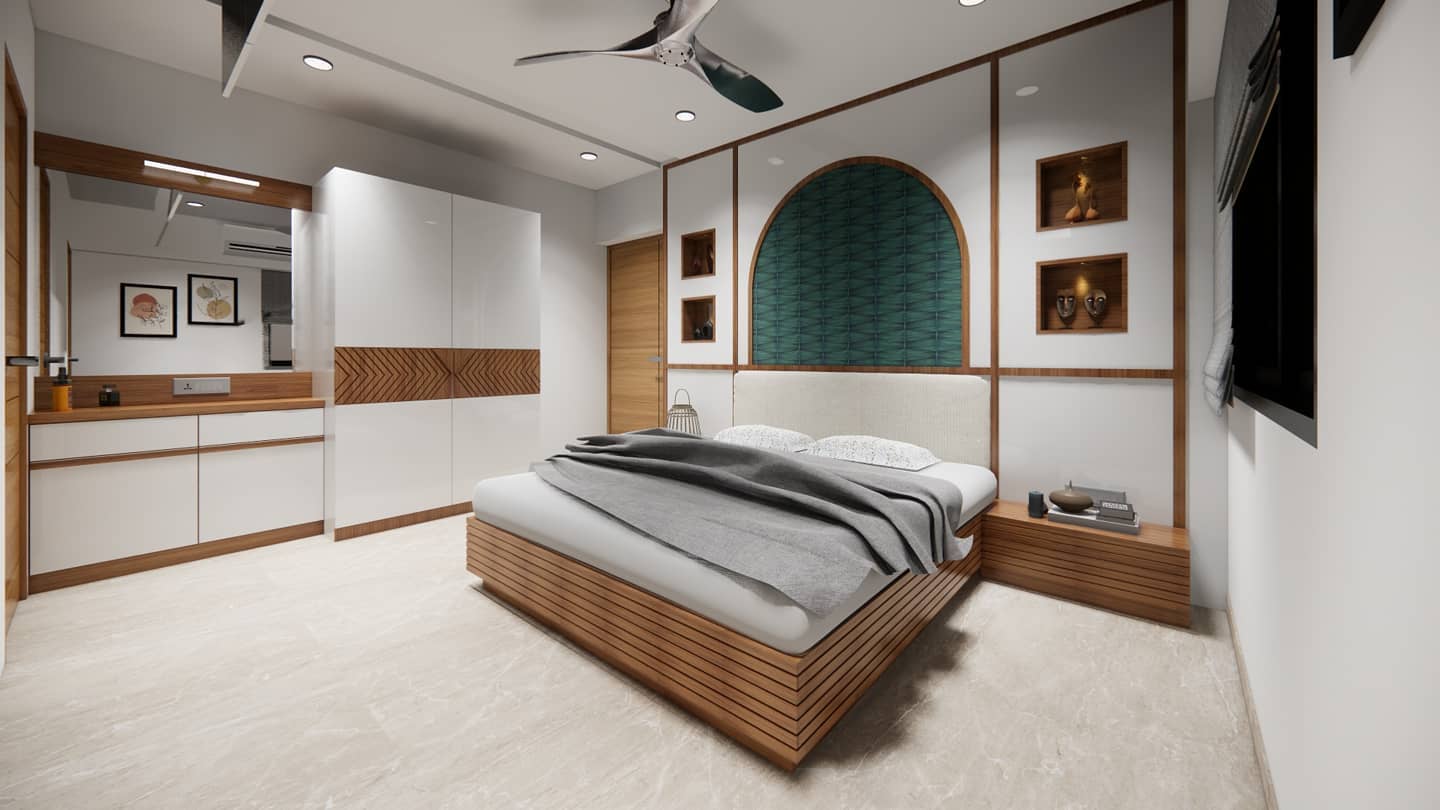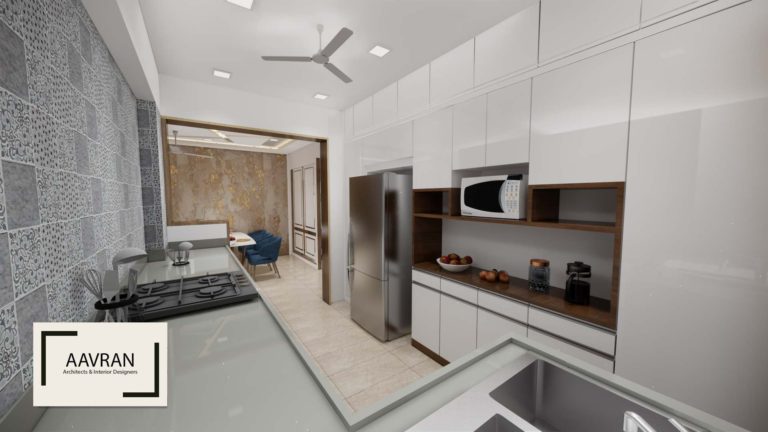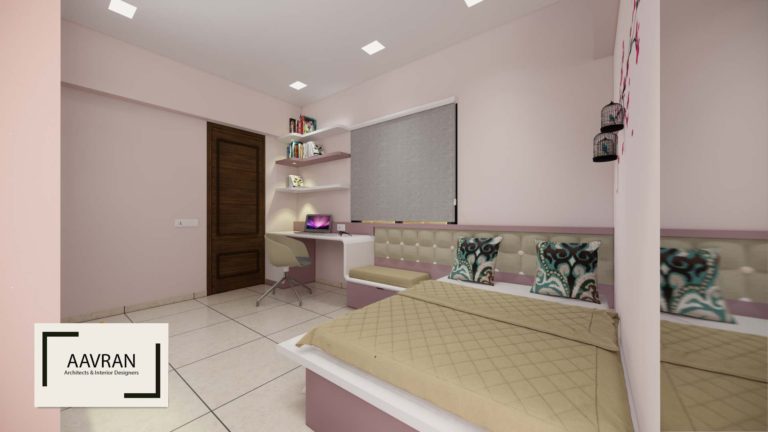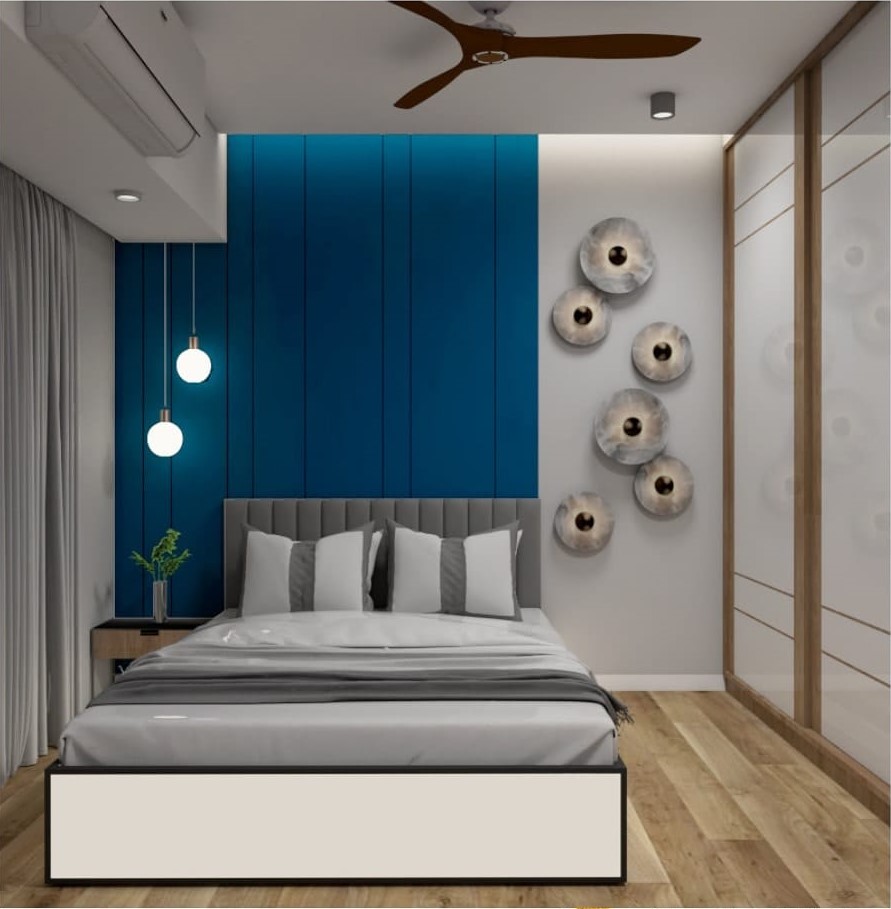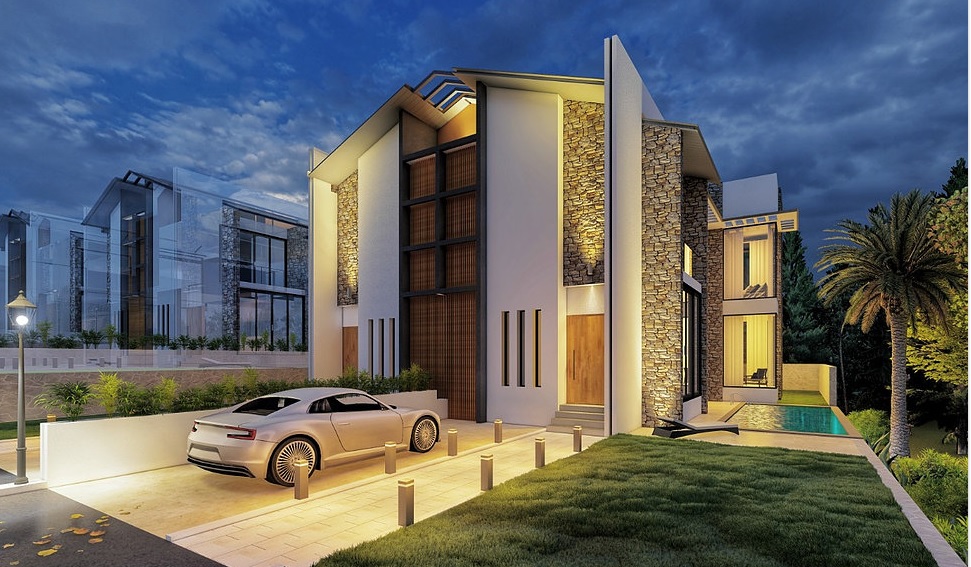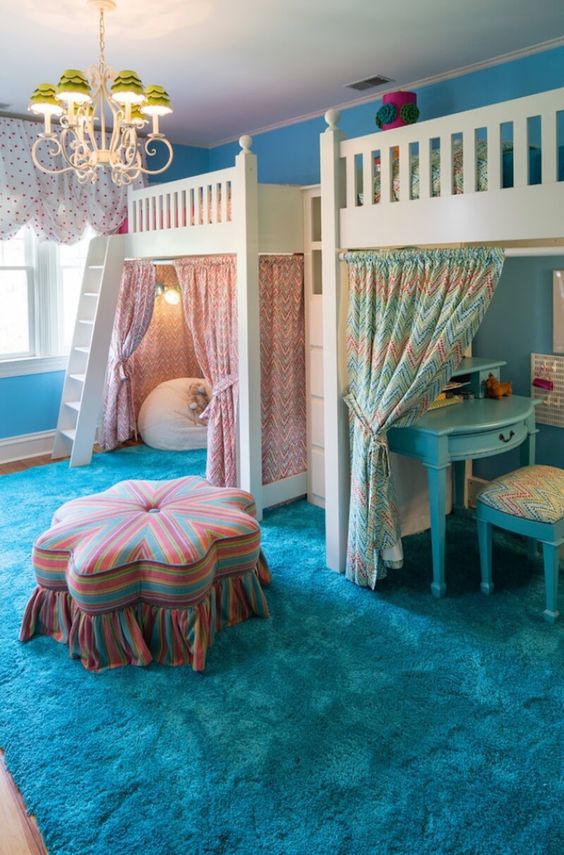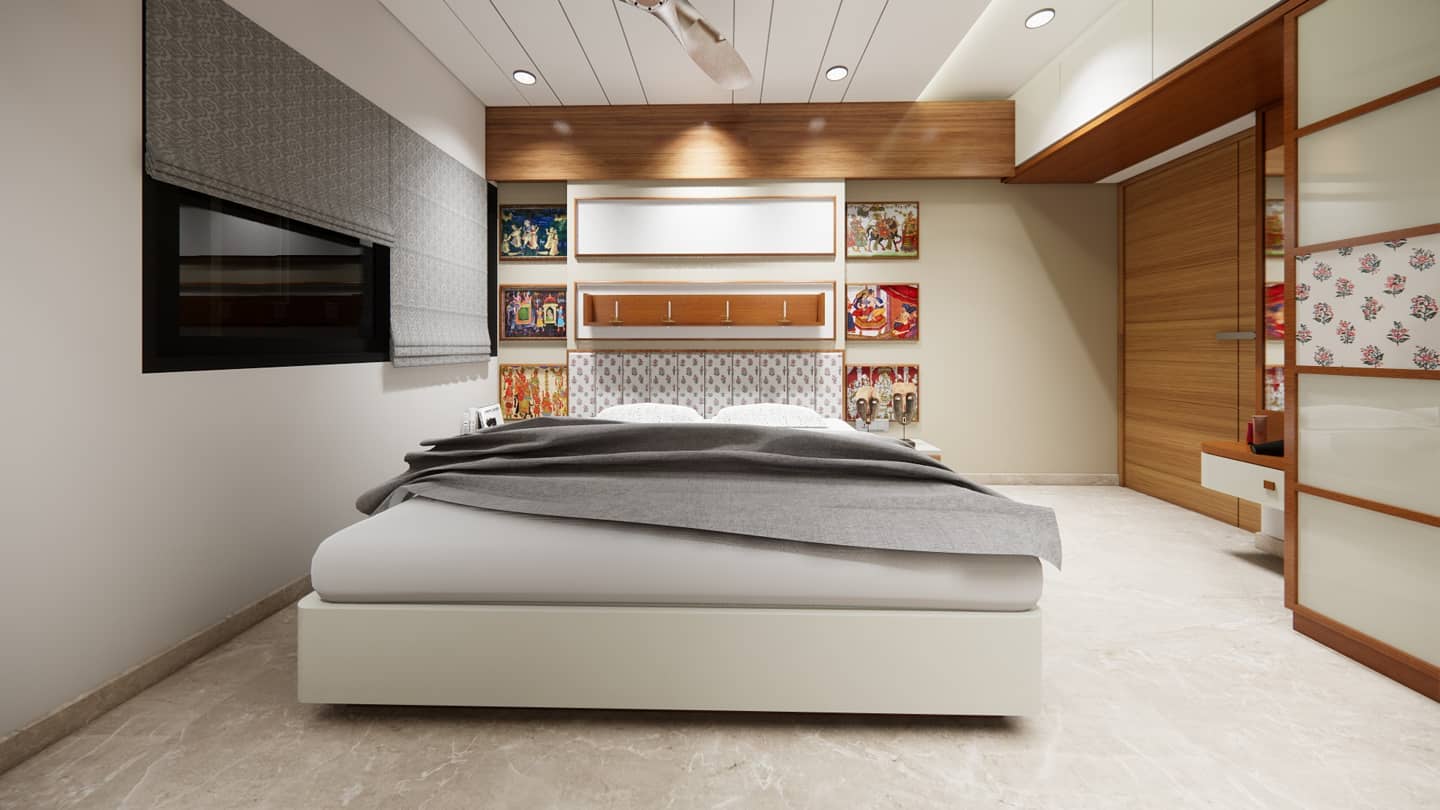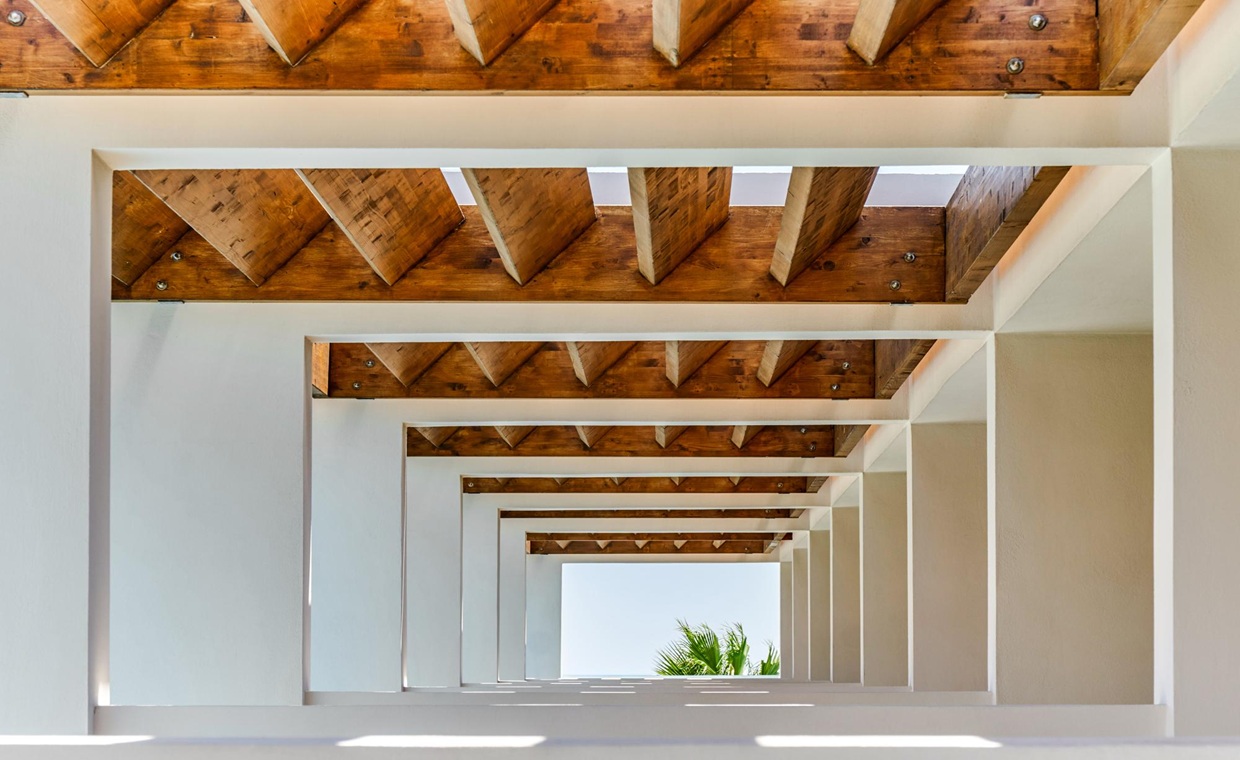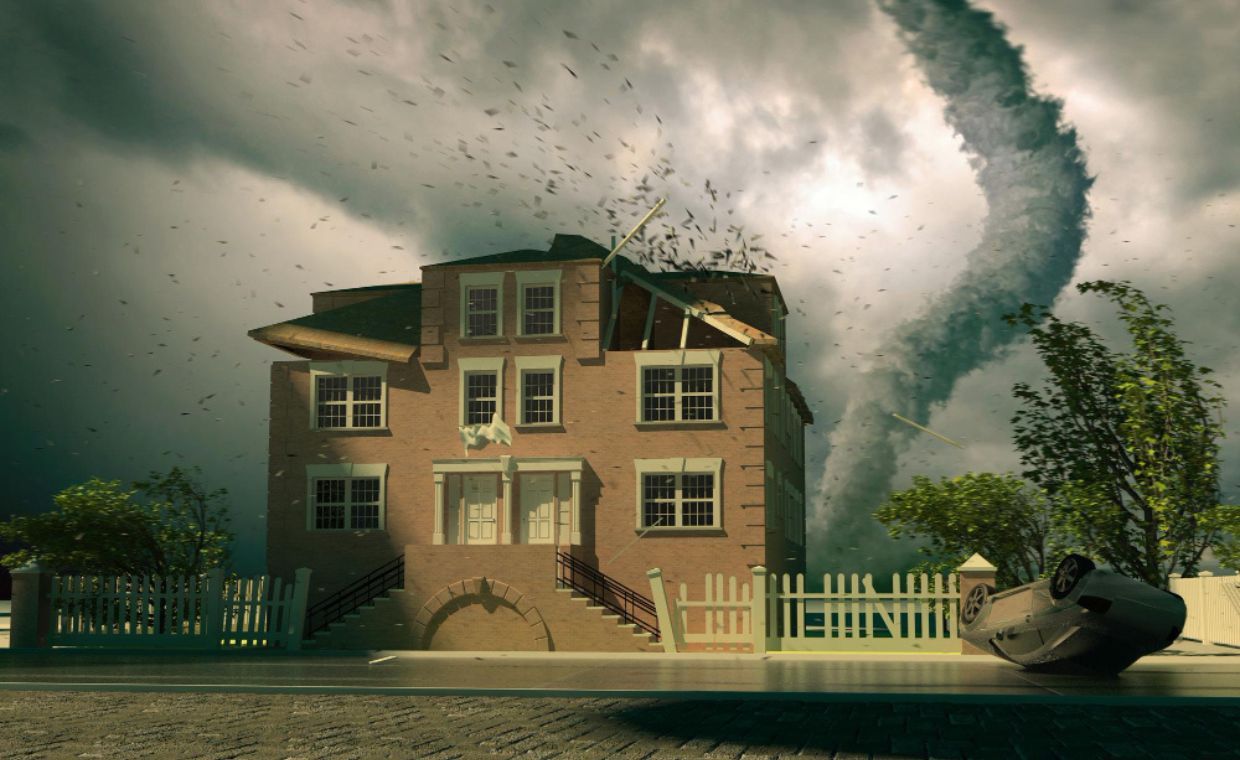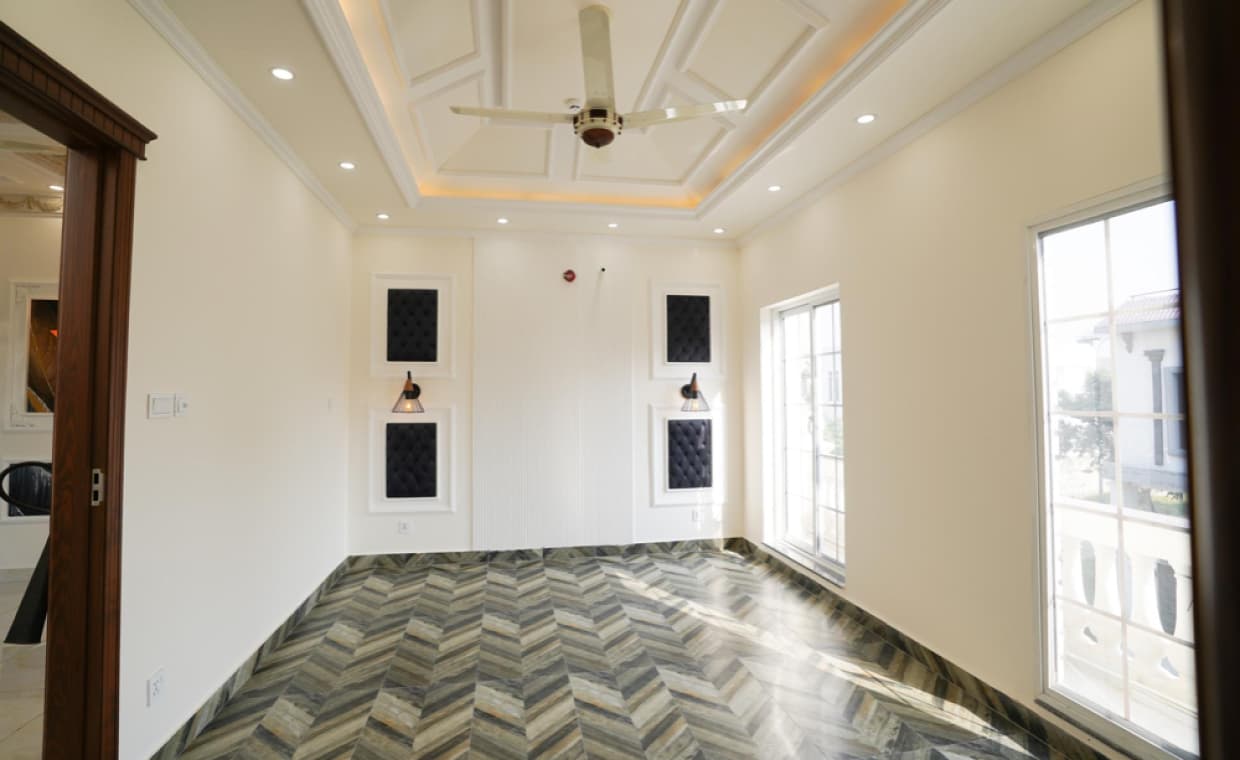
Table of Contents
Quick Summary
- A vaulted ceiling adds height, depth, and dimension instantly catching one’s attention.
- It is a sloped ceiling that angles upward and expands space vertically, giving an illusion of a larger area.
- Vaulted ceiling allows for more natural light and ventilation.
- Vaulted ceilings come in many types, such as barrel vaults, domed ceilings, fan vaults, etc.
- Incorporating a vaulted ceiling in your home requires structural considerations, rerouting electrical circuitry, updating heat and ventilation systems, etc.
- The approximate cost of converting an existing flat ceiling into a vaulted ceiling is around 1,000 INR to 2,000 INR per square foot.
- Most importantly, use acoustic panels to absorb excessive sound created by vaulted ceilings.
A vaulted ceiling can dramatically change the shape and feel of your space. It adds height, depth, and dimension, along with architectural design touches that instantly capture one’s attention and provide a sense of sophistication and an undeniably classic shape. Whether you are designing a living room, kitchen or even a bathroom, a vaulted ceiling adds light, character, and personality, creating a dramatically different feel, elevating your space from being average to extraordinary.
What is a Vaulted Ceiling?
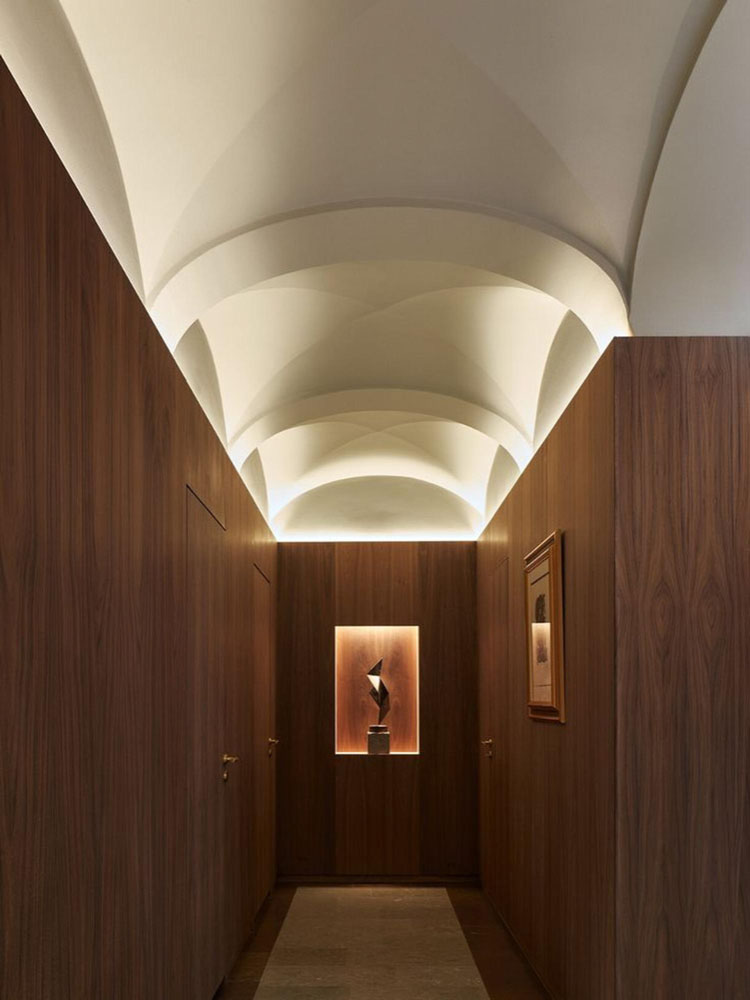
A vaulted ceiling is any ceiling that slopes or angles upward toward a peak rather than being flat. In contrast to a flat ceiling, which can feel confining, a vaulted ceiling expands the space vertically and draws the eye upward, creating an illusion of a larger space. Vaulted ceilings can take many forms. They can be the simplest symmetrical slopes of a cathedral-style ceiling to the more sophisticated barrel and groin vaults.
While vaulted ceilings are reminiscent of grandeur and spaciousness, they historically represent one of the oldest forms of architecture found in the vaulted ceilings of old churches and cathedrals, and even heritage homes. These buildings incorporated vaulted ceilings to create interior volumes that spanned large spaces without intermediate supports, thereby creating the impressive interior spaces that we often admire. Today, we are seeing vaulted ceilings reimagined for a modern way of living, adding verticality and beauty. They embody a blend of old-world elegance and contemporary design, offering a singular architectural element that raises home interiors beyond the ordinary.
Benefits of Adding a Vaulted Ceiling to Your Home
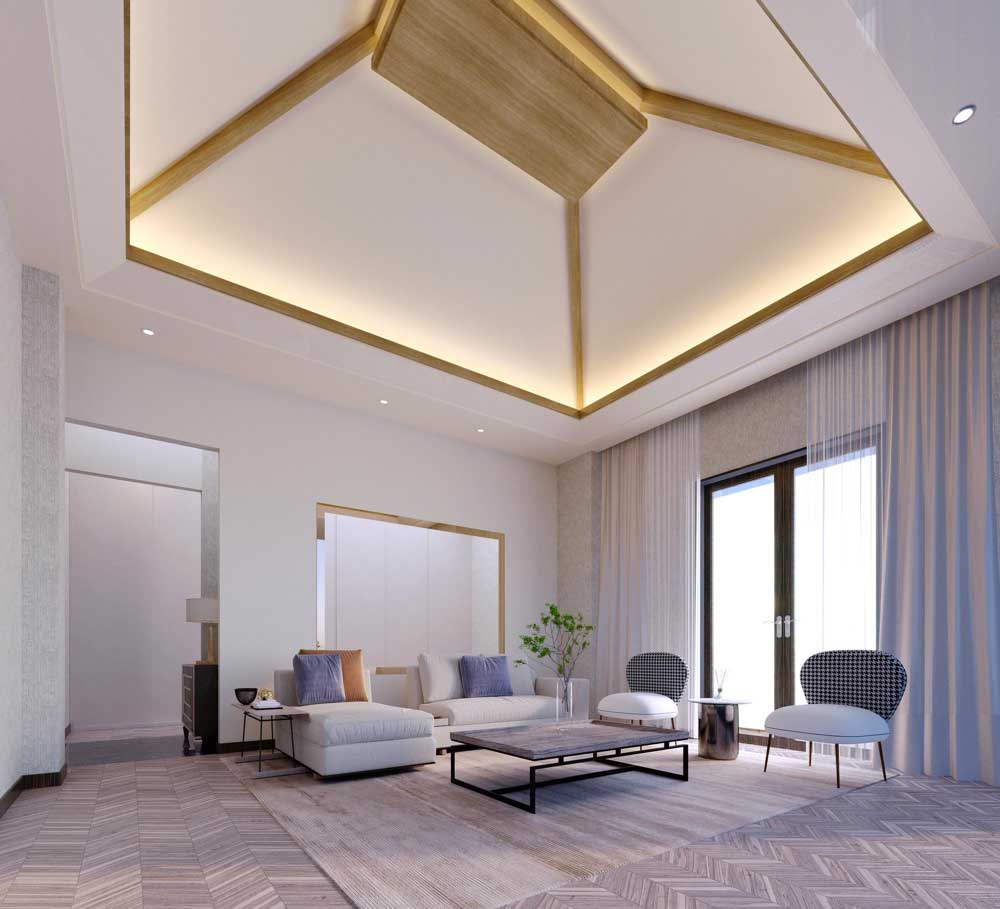
A vaulted ceiling offers visual drama, but it doesn’t stop there. For one, vaulted ceilings allow a space to feel larger and airier. Adding a vaulted ceiling can give you more cubic footage to work with and doesn’t change anything about your floor plan. It allows you to put in taller windows to let in more light. Vaulted ceilings with a fan and skylights will improve air movement and provide ventilation. The added vertical volume lets hot air rise, resulting in a natural “chimney effect” that can pull cool air in from lower windows. A well-placed ceiling fan with a downrod can be highly effective in circulating air throughout the entire room, providing comfort while reducing energy costs. In living rooms or master bedrooms, a vaulted ceiling can create an entirely new atmosphere, giving the space an open and luxurious feel. The height from vaulted ceilings creates opportunities for dramatic lighting fixtures, exposed beams, or feature walls that go higher for a more personalised design statement, which is simply not achievable with flat ceilings.
Types of Vaulted Ceilings for Home Renovation
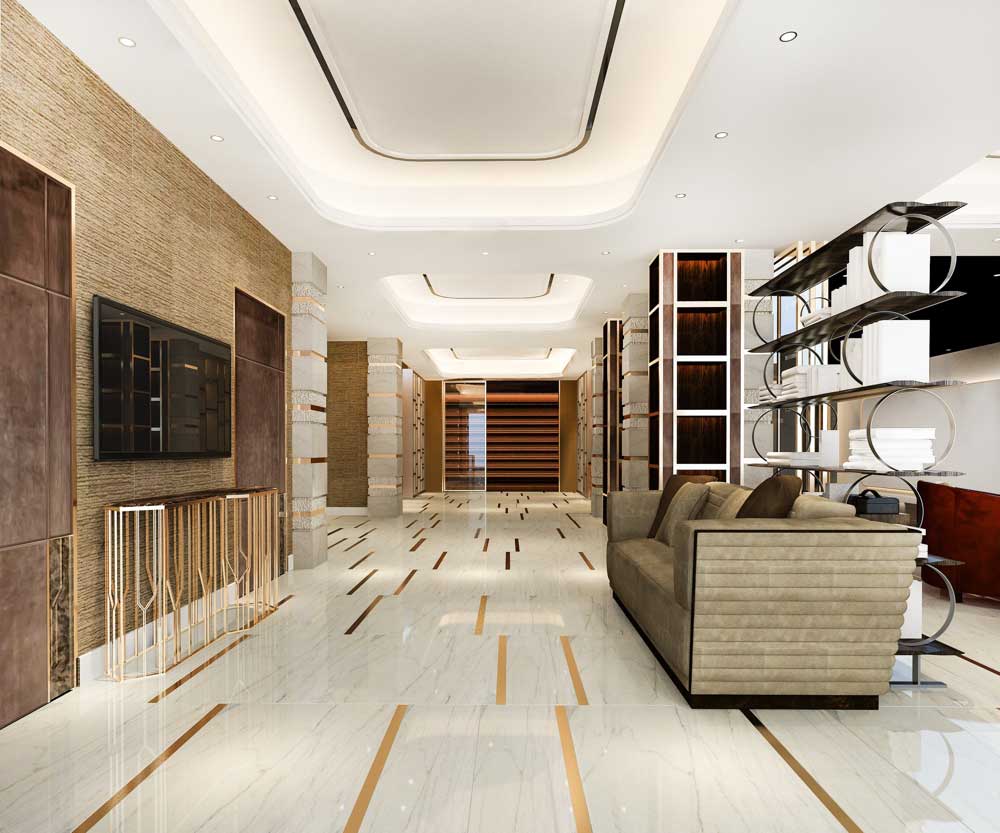
Several variations exist, depending on the architectural layout and design intent. Cathedral ceilings have equal sloping sides that run at the angle of the pitch of the roof. Barrel vaults create a curvature similar to that of a tunnel, and domed ceilings provide an arch or height that is centralised. Exposed-beam vaulted ceilings are often excellent choices for both rustic and contemporary design. Although it can’t be considered a vault, a shed ceiling has a single slope, meaning that there is a higher side and a lower side. This asymmetrical shape is commonly seen in modern architecture and can work effectively in smaller areas, bringing light and height to a space.
However, the type of vaulted ceiling should be appropriate for the space, the home’s design, and the general intent of either the bathroom with a vaulted ceiling or a large, open-plan kitchen.
Key Structural Considerations Before Installing a Vaulted Ceiling
Installing a vaulted ceiling is not just about removing the attic space, as one might assume. A vaulted ceiling requires a considerable amount of structural analysis. Your contractor will need a review of the roof pitch, as well as an examination of any load-bearing walls. Your existing trusses must also be reviewed. You may need additional upgrades, such as installing insulation, rerouting electrical circuitry, and updating heating and ventilation systems. If the property is old, retrofits can become complicated and costlier. It is always a good idea to partner with an architect or structural engineer experienced in handling such projects to ensure safety, functionality, and long-term performance.
Cost and Budgeting for Vaulted Ceiling Installation
Costs will depend on the existing structure, materials, and amount of labour required. To get a rough average, existing flat ceilings can be converted into vaulted ceilings for about ₹1,000 to ₹2,500 per square foot. You might pay more if you want some skylights, beams, ventilation, etc. While vaulted ceilings are more expensive compared to standard ones, they are often worth the investment as they add significant value and visual appeal to your home. Always consider the hidden expenses like wiring re-routes or insulation, which may be necessary for a successful installation.
Lighting and Ventilation Tips for Vaulted Ceilings
Proper lighting is crucial when working with high or angled ceilings. Vaulted ceiling spotlights can be installed along the slope to evenly illuminate the space. Recessed lighting or track lights also work well to highlight architectural lines. In a ceiling fan vaulted living room, choose a fan with an extended downrod to ensure air circulation at lower levels. Skylights and upper-level windows are great for natural ventilation. In a vaulted ceiling kitchen, consider pendant lights or wall-mounted fixtures to brighten workspaces efficiently.
Common Mistakes to Avoid When Designing a Vaulted Ceiling
The most common mistake people make when it comes to vaulted ceilings is overlooking acoustics. Vaulted ceilings can echo more than flat ceilings. You should use acoustic panels or soft furnishings to absorb excessive sound. Another way is using small, low-impact, utilitarian lighting that fails to emphasise the height of the space. Focus on maintaining consistency in ceiling height across rooms, as sudden changes in height can be visually distracting. Finally, neglecting proper insulation can lead to energy inefficiencies, especially in large spaces with expansive vaulted ceilings.
Tips for a Successful Vaulted Ceiling Renovation
Begin with specific goals. Ask yourself: do you want increased daylight, drama, or better air circulation? Always plan with the room’s purpose in mind. For example, add task-activated lighting in a vaulted ceiling kitchen, while in a bedroom, lighter tones and the right fan selection may be a better fit.
Select finishes that draw the eye upward, but not so heavy that they take away from the feeling of airiness. Natural wood beams, pendants that aren’t too heavy, and large windows work well together. Most importantly, be sure to plan, as structural limitations require considerable time, permits, and accuracy to implement successfully in your new design.
Also Read: Vaulted Ceilings: Versatile Designs to Elevate Your Space
FAQ
01. What are the advantages of having a vaulted ceiling in a home?
A vaulted ceiling adds visual height, improves natural light, and makes any space feel more open and luxurious.
02. Is it possible to add a vaulted ceiling to an existing house?
Yes, but it depends on your home’s structure. You’ll need a professional assessment to check the roof framing and load-bearing walls.
03. How much does it cost to install a vaulted ceiling?
It typically costs between ₹1,000 to ₹2,500 per square foot, depending on the complexity, materials, and structural changes required.
04. Do vaulted ceilings affect heating and cooling efficiency?
Yes. Without proper insulation, they can reduce heating and cooling efficiency. Use high-quality insulation and strategic ventilation.




